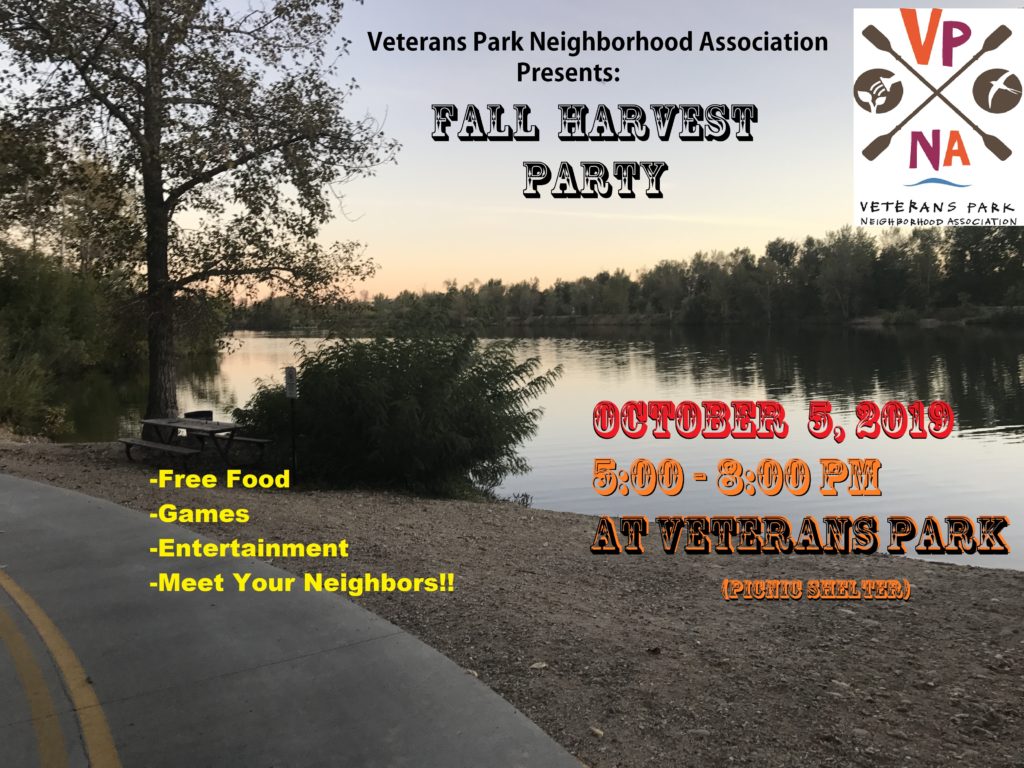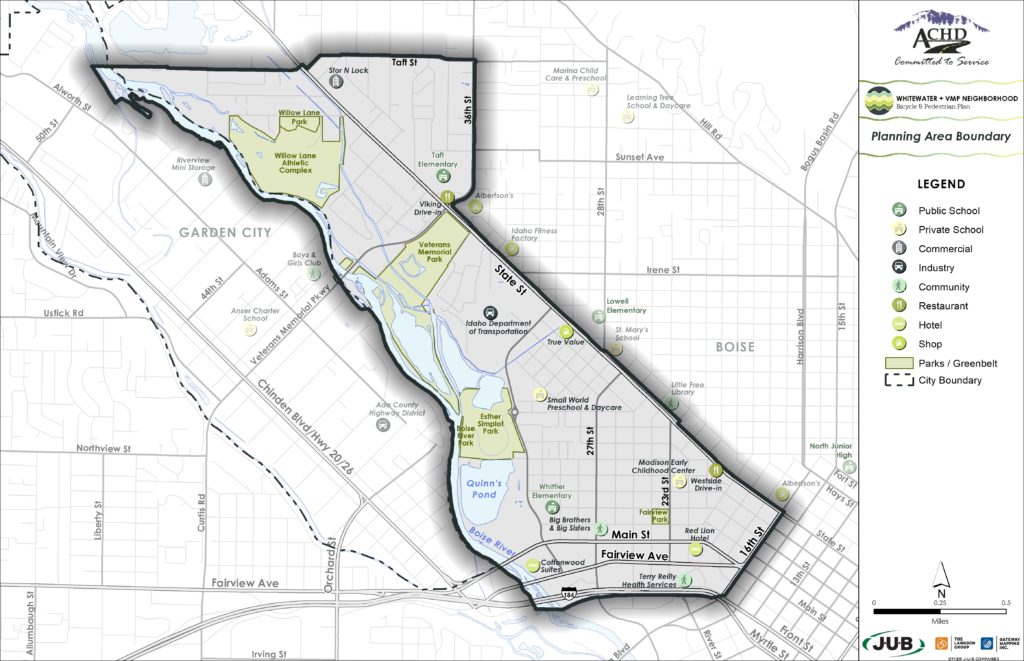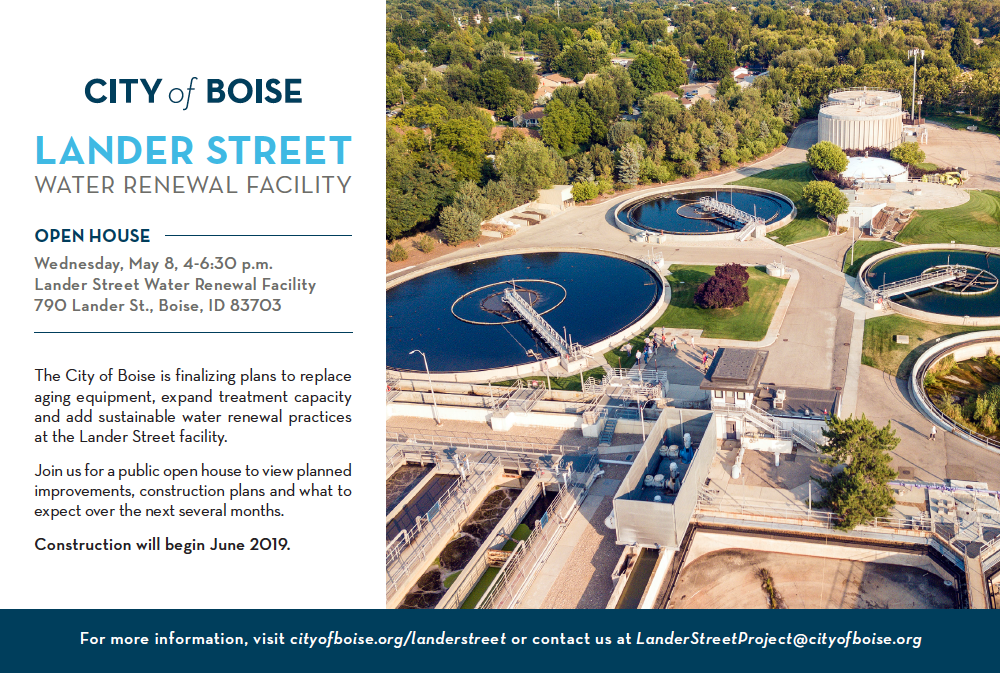We understand that Interfaith Sanctuary proposes to relocate and expand their low-barrier emergency shelter to a Site located at 4306 State Street in Boise, Idaho, located within the Veterans Park Neighborhood Association (VPNA) boundaries. As of April 14, 2021, Interfaith Sanctuary has not submitted a CUP application to the City of Boise, and no public hearings have been scheduled. The most recent timeline Interfaith has distributed indicates they will close on their purchase of the State Street property on April 23, and plan to submit their CUP application on April 28th. We currently assume the first public hearing before the Planning and Zoning commission would be held in early June.
For more information about the proposed Interfaith Sanctuary project, please see: https://boiseneighbors.wixsite.com/ifsmove
On January 27, 2021, VPNA hosted a meeting at which we heard from Interfaith Sanctuary directly about the proposal, where we had the largest resident turn out we have experienced for one of our board meetings, with over 100 people in attendance. A survey distributed to residents in attendance indicated that 97% opposed the project, so our board voted to oppose the project at the public hearings before the City of Boise. (The project has been delayed several times since then, so the public hearings have not yet been scheduled.)
While Interfaith Sanctuary’s mission is widely well-regarded among our residents, we find that the selected location for the proposed project – a low-income residential neighborhood – is misguided. We encourage Boise’s elected and appointed officials to ask Interfaith Sanctuary to identify an alternate location (or locations) for their proposed expansion and/or relocation.
As a matter of policy, we strongly object to this move that would concentrate poverty in the Veterans Park Neighborhood area of Boise, which is also contrary to the goals in Boise’s comprehensive planning document, Blueprint Boise, including the goal to “Disperse low- and moderate- income housing throughout Boise” to avoid any overconcentration of lower income or special needs populations.
Veterans Park Neighborhood is already one of Boise’s poorer neighborhoods; it is located within one of seven census tracts in Boise designated as having greater than 50% of residents classified as ‘low income’ (based on the Analysis of Impediments to Fair Housing Choice commissioned by Boise in 2016 as required by the United States Department of Housing and Urban Development (HUD) to receive federal funds) and in the “21% to 40%” category of percent of residents living below the poverty line (based on the City of Boise Community Development Analysis).
It is well documented that neighborhood poverty level has an independent negative effect on outcomes for children and individuals living in those neighborhoods (independent of household income, for instance). The concentration of poverty that is inherent to moving a large homeless shelter to a low-income neighborhood would be detrimental both for neighborhood residents and for prospective future Interfaith guests, as negative outcomes of concentrating poverty rise rapidly as the percent living in poverty rises from 20% to 40%. Concentration of poverty can lead to negative outcomes through many pathways recorded in the academic literature, including: competition for resources, such as limited employment opportunities or local institutional resources; effects on the distribution of local private markets such as fresh food markets, liquor stores, restaurants, or illegal drug markets; social effects such as peer influences, role model selection, and normalization of behaviors associated with poverty; and others. Concentration of poverty represents the collection of many individuals who have experienced or are experiencing trauma in their lives, and this leads to trauma responses re-triggering traumas in others such that response behaviors continue to reinforce one another and/or escalate.
There are two communities to consider, and we need to ensure that we can help the homeless community Interfaith Sanctuary proposes to serve without disproportionately damaging the low-income and high-poverty community in this area. To be clear, our residential neighborhood begins along two fence-lines of the proposed site, with additional residences present along the route to the Greenbelt.
Furthermore, it is well documented that Interfaith is a high call-volume facility (CPTED, September 2020) for emergency services (Fire, EMS, and Police), but emergency services available at the proposed location are much less robust than those available at the existing Interfaith Sanctuary downtown location. In summary, the overburdening of public services described below, may impact public safety for the community at large, including neighborhoods outside of the Veterans Park Neighborhood area.
Interfaith Sanctuary’s existing downtown location is served by:
- Fire Station 5 that houses two crews, which offers built in redundancy for a high call volume area;
- a medic station with transport capabilities within the ideal 240 second response time; and
- the newly completed $4.3 million police substation 0.4 miles away, which city records document was moved to this location to be in the vicinity of Interfaith Sanctuary and the high-call volume community served.
Instead, the area of the proposed State Street location is served by:
- Fire Station 9, which has only one engine crew and is already not able to meet the 240 second response time standard in a portion of its service area, an issue that could be exacerbated by the high call volumes to Interfaith;
- no medic station within the 240 second response time radius; and
- no police station closer than the one located 0.4 miles from Interfaith’s existing location, approximately 2.5 miles from the proposed location, and with a correspondingly higher response time.




